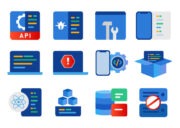
With this guide you’ll get to know the ins and outs of JavaScript frameworks, learn which one to use according to your needs, and have detailed lists of pros and cons for each of the most popular JavaScript backend and frontend frameworks. Let’s dive in!
- What are JavaScript frameworks?
- What makes frameworks different from libraries?
- Which JS framework should you choose for your project?
- Popular front-end JavaScript frameworks
- Popular back-end JavaScript frameworks
- Most recommended JavaScript testing frameworks
- Conclusions
- Commonly asked questions about JavaScript frameworks
- Do I really need a JavaScript framework?
- How many JavaScript frameworks should a web developer know how to use?
- Which is the easiest JavaScript framework to learn?
- What are the best frameworks for JavaScript beginners? What are some of the most popular ones?
- How to choose a JS framework?
- How much time can using a JavaScript framework save?
- Which is the best framework for JavaScript?
- Which JavaScript frameworks are the fastest?
What are JavaScript frameworks?
Before we jump into each JavaScript FWK in our comprehensive list, let’s clarify for those who need it what JS is. JavaScript is a high-level programming language that is used in building interactive and multimedia content.
JS is commonly used in the development of professional web pages, both on front-end and back-end.
Over the years, it’s become so pervasive that it is literally everywhere now: web applications, server applications, server side, mobile apps and even games.
JavaScript frameworks, instead, are collections of different JavaScript code libraries that are compiled together to make it easy for a developer to refer to and use the scripts. In simple words, frameworks (FM, F/M, FRWK, FWK) are pre-built groups of codes that are put together to make development easy and hassle-free.
FRWKs are easily adaptable too and as a result, a lot of developers prefer to use these when they create websites.
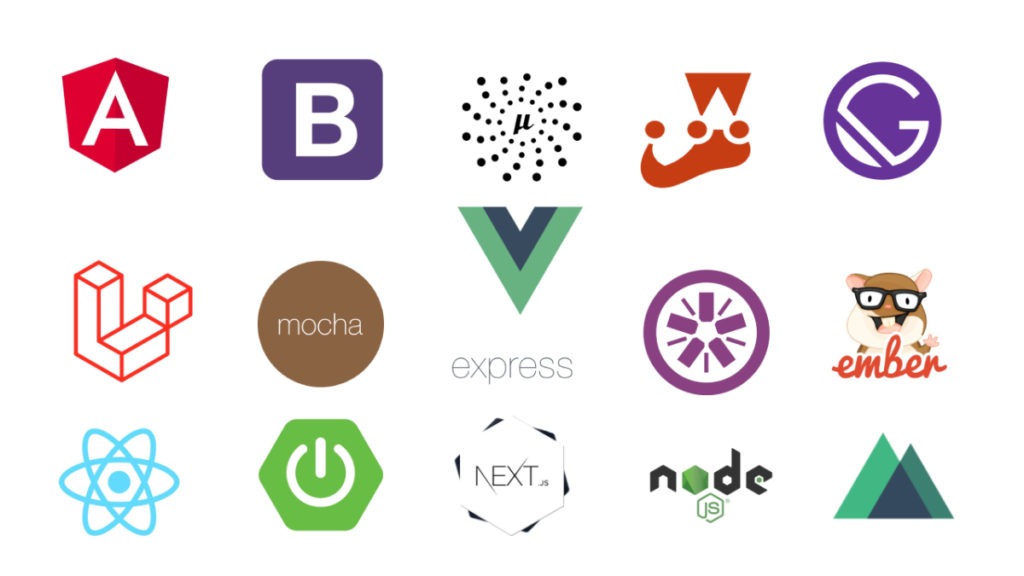
Can you create web applications without using JavaScript frameworks?
You definitely can. However, the development will not be as easy and as problem-free as with FWs. Auto-completion and quality control of your code make the coding process a lot easier, even for experienced programmers.
What makes frameworks different from libraries?
Both JavaScript Frwksand libraries comprise a group of codes that you can use to build something or solve a problem. The fundamental difference between these two is how you build the structure.
Inversion of control
When you use a library, you are in control. You can call for the library wherever you feel like. When you use a FWK though, it sets the basement. The Frwk clearly mentions where all codes are needed.
In other words, you are in charge when you use a JavaScript library. When you use frameworks, the framework usually is.
jQuery and JavaScript libraries

jQuery is one of the most popular JavaScript libraries that remains popular to date. With jQuery, you can compile together multiple lines of code and convert them into single code lines that are easier to use.
No wonder that top tech brands like Google, Netflix, and IBM on the web still use jQuery.
jQuery contains the following elements.
- CSS manipulation
- HTML / DOM manipulation
- AJAX
- Utilities
- HTML event methods
- Effects and animation
As of 2019, it is estimated that 73% of the top 10 million websites use jQuery. This JS library is used up to four times more frequently than other common JavaScript libraries.
jQuery supports a lot of common browsers including Firefox, Chrome, Safari, Internet Explorer, Android, and iOS.
There are two functionalities commonly performed by jQuery:
- Static utility functions
- Object methods
Which JS framework should you choose for your project?
Now, this is a very common question JavaScript developers have when they decide to pick up a F/W to build a website or a web application. Since there are many FMs available, one cannot clearly say this is good, and that is not. It all depends on your requirement and the below four factors.
- Choose the one that your team knows and is comfortable with
This is the prime consideration when you choose JS F/M. It might be absolutely stunning, but if your team has no idea how to work on it, it will not be of any use.
Three of the most common FRWKs that most developers are familiar with are Angular, Vue, and React. These can be tweaked to match most requirements.
If most of your team members have not used a particular FWK, it makes sense to avoid it, as it is going to take time to learn the nuances of the same.
- Choose the one that’s most compatible with your backend
What is your back-end team working with? If the backend team works on Java, then make sure you pick a FW that closely matches and is compatible with Java. In this case, Angular framework matches closely to Java.
If the back-end and the front-end developers work on completely different languages, then coordinating is going to be a major challenge.
- Choose one with the right size and performance
Some FWKs may be super advanced in their features, but may get really heavy to implement. If the app or the website you build is very complicated with lots of layers, then it makes sense to invest in a large JavaScript frwk. However, if you are building a simpler system, then pick up smaller F/Ms like Vue and React.
Make sure you develop a balance between performance and FM size to get the best efficiency.
- Choose one with the right level of complexity
Some developers work on really complex apps and websites that come with hundreds of sub-pages, functionalities, and features. In such a case, pick up F/Ms like Angular that can handle complexities like a pro.
Picking up a lighter F/M and trying to build a complex app is going to cause multiple problems in the future.
If your team doesn’t know a framework, how long will it take to learn it?
This is not a simple question to answer. There are many features that influence it. To start with, a senior developer can learn a new FRWK much faster than a beginner or a junior developer.
Similarly, lighter and simpler FMs can be learned faster than advanced and more complex ones. Complex ones like Angular may need more than a month of learning to get familiar with. Simpler ones like Vue can be learned in less than a week.
How easy is it to switch to a different JavaScript framework?
During the initial stages of building an app or a website, changing from one to another may be easy. However, if you are halfway through and have spent weeks developing in a particular one, then changing from one to another one is going to be tiresome and time-consuming. You may have to rewrite everything from the beginning.
The best way to do this is to run two applications in two different FWKsside by side and slowly convert one to another. This is possible but is definitely time-consuming.
It is hence better to do your research and pick a FWK before you start developing.
Popular front-end JavaScript frameworks
This is a list we have crafted to help understand which JavaScript Frwk to choose. We start with front-end JavaScript FMs and their pros and cons.
#1. Angular
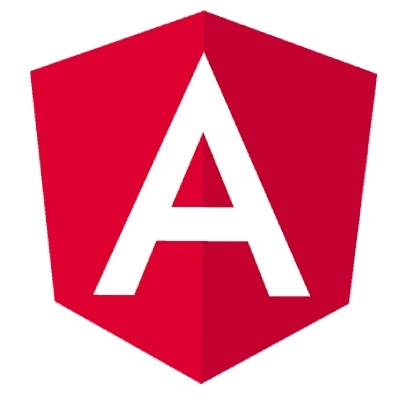
It is one of the most powerful and best Frwks. Here are the top features of Angular.
Key features
- Ability to offer high-performance, progressive web-pages
- Can work across multiple operating systems
- Offers an intuitive and advanced API
- Ability to get intelligent code completion
- Offers instant error detection and feedback options
Pros
- Perfect synchronization between model and view
- Changes are instantly displayed in the view
- Ability to separate data and view
Cons
- More complex F/M to learn
- It is important for the developer to learn MVC
- Heavy
#2. Vue JS

Vue JS is another popular JS Frwk that is very commonly used in developing cross-platform apps and websites. It also helps create powerful Single Page Applications (SPAs)
Key features
- Cost-effective virtual DOM view option
- Comes with a built-in component that helps with CSS transitions and animations
- Two-way data binding options
- Easy to understand and learn
Pros
- Simple to integrate
- Small in size
- Offers two-way communication
- Flexible Frwk
Cons
- Lack of essential plugins
- Not suitable for extensive scaling
- Has language barriers
- Too flexible for good
#3. Next JS
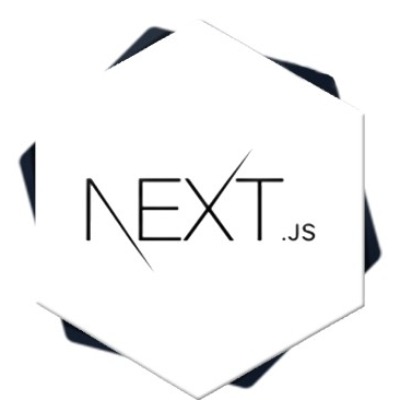
Next JS is another commonly used JavaScript framework for front-end that is built by Vercel. It allows developers to create both static and dynamic JAMStack websites and is used by multinationals around the world.
Key features
- Automatic routing
- Server rendering
- It reacts well with other ecosystems including React framework and Angular
- Automatically prefetches pages
Pros
- Adaptable and responsive JS
- Helps meet sales and traffic goals
- Offers unique user experience
- Has built-in CSS support
- Needs minimal or no initial configuration
Cons
- It becomes expensive to customize
- Minimal number of plugins only
- It takes time to create and maintain the FWK
4#. React JS
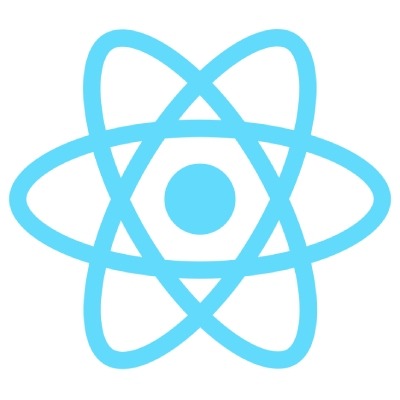
React JS is an open-source Frwk that is commonly used in building responsive and active user interfaces (UI). It is known to be SEO-friendly and hence is preferred by developers who create e-commerce websites.
Key features
- Virtual Document Object Model (DOM)
- One-way data-binding only
- Made up of multiple components that can be reused
- Cross-platform performance
Pros
- very simple to learn and use
- Comes with a set of very practical tools
- Helps with performance enhancement
- Smaller in size
- Ability to test and debug quickly
Cons
- Constant upgrades require developers to keep learning recent changes
- Is not a comprehensive technology. Needs to be used with other F/Ms
5#. Ember JS
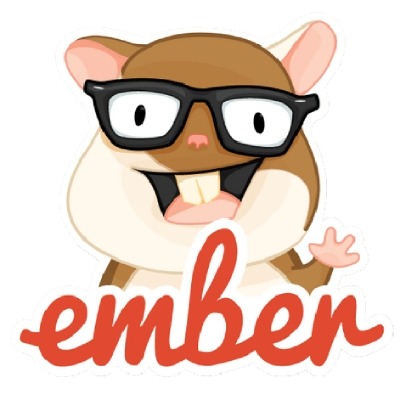
Ember JS is another open-source front-end Frwk that helps create scalable SPAs (Single Page Applications). Ember can be used to create Frwks for the web, mobile, and desktop versions.
Key features
- Can be easily used by large teams
- Comes with computed properties
- It has more than 1500 add-ons that only keep increasing with time
- Reusable and easy to maintain too
Pros
- Seamless URL support
- Offers client-rendering services
- Well-integrated data layer
- Minimizes DOM
Cons
- Slightly more complicated to learn
- Very opinionated
- Not very fast and efficient
6#. Svelte JS
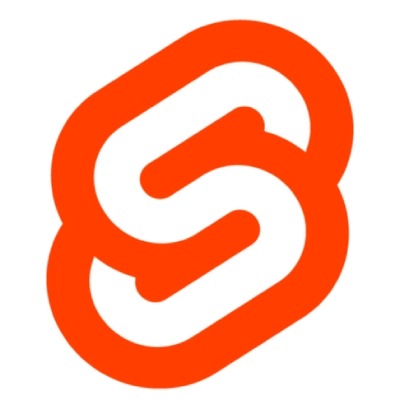
Svelte JS was released in 2016 and is a free front-end JS FMs. You can build components using Svelte JS in languages you are comfortable with (JavaScript, HTML, or CSS).
Key features
- No virtual DOM
- This converts codes into Vanilla JavaScript
- Very reactive
Pros
- Lightweight and easy to implement
- Lesser boilerplate
- Very easy to learn
- Comes with a built-in reactive store
Cons
- Not a very established F/M
- Constant need to learn and upgrade information
- Not many Svelte tools in the industry right now
- Smaller ecosystem
7#. Gatsby JS
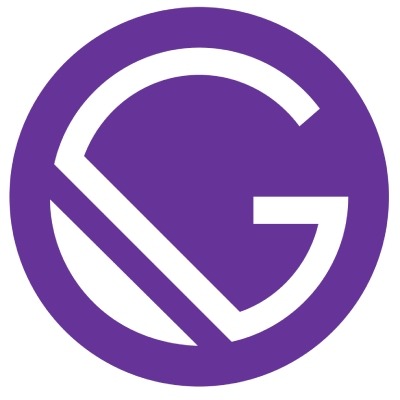
Gatsby JS is an open-source front end framework that is perfect to create dynamic and very precise websites that function seamlessly.
Key features
- Ability to combine data from multiple sources
- Ability to write in JavaScript or in SCSS or LESS
- Works seamlessly with different Content Delivery Networks (CDN)
Pros
- Easy and cost-effective scalability
- non-existent attack surface
- Very accessible
Cons
- The constant need to update content
- Can be expensive to implement and maintain
8#. Nuxt JS

Nuxt is a front-end FM that is built using Vue JS. Though new, a lot of websites and brands are proactively choosing this to build their website application.
Key features
- Offers exceptional SEO improvements
- Created using a powerful modular architecture. There are more than 50 modules to choose from
- Server side rendered
- Supports static website generation
Pros
- Ability to make customized social sharing windows for users
- Can create universal apps
- Automatic code splitting
Cons
- Most common plugins are not available
- Cannot effectively handle high traffic
- Does not work particularly well with other custom libraries
9#. Bootstrap
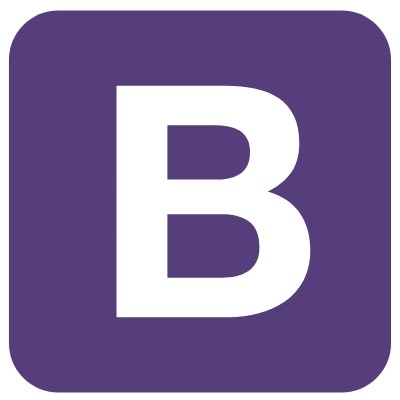
Bootstrap is a front-end CSS open-source FWK that helps create responsive templates and interface components.
Key features
- Includes CSS and HTML design templates
- Creates very responsive designs
- Offers a mobile-first approach
Pros
- Compatible with most browsers
- Offers additional user interface elements
- Helps create uniform elements across different browsers
Cons
- Creates lots of unwanted content in HTML output
- Includes a lot of plugins that are of no use
Popular back-end JavaScript frameworks
Our list on how to choose a JS Frwks continues with a focus on back-end.
10#. Node
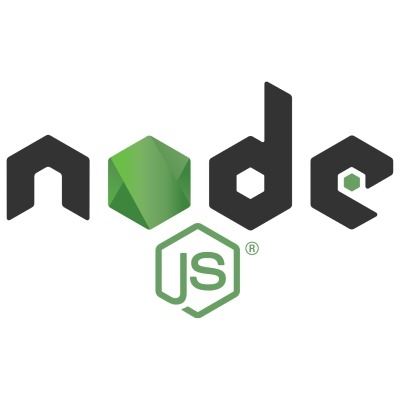
Node is a backend open source JavaScript framework that works outside the web browser. It was created in 2009 and helps develop web applications around one single programming language instead of having to depend on multiple languages.
Key features
- Very quick to integrate and use
- Ability to scale-up extensively
- Asynchronous and non-blocking thread execution
- Can handle large volumes of simultaneous connections
Pros
- Can be quickly implemented
- Very easy to learn
- A rich ecosystem with multiple free tools
- Improves developer productivity
- Improves conversion growth
Cons
- Difficulty in processing CPU-based tasks
- The constant need for call back affects the quality of the codes
11#. Spring boot
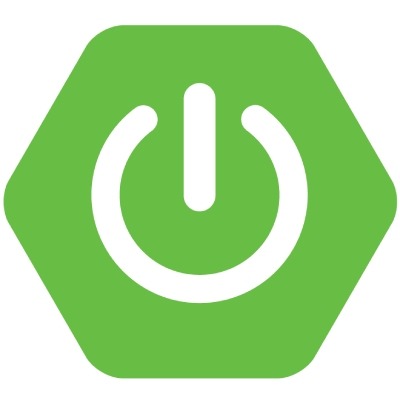
Spring boot is an open-source software created by Pivotal that is used for creating microservices. Microservices are architectures that allow developers to run different services independently.
Key features
- Easily scalable
- Does not need a lot of complex configurations
- Can be used with containers
Pros
- Helps improve productivity
- Brings down development time
- Helps start applications independently and with minimal deployment time
Cons
- Lack of control
- Very opinionated style
- Ineffective deployment may increase file size
12#. Express JS
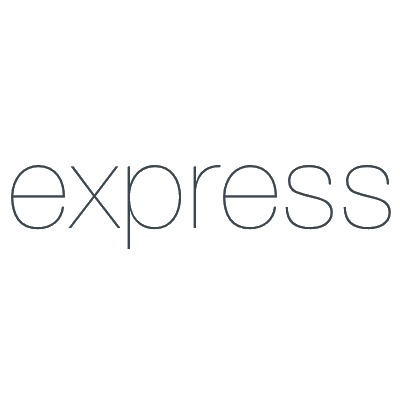
Express JS is an application framework that is used for Node JS. It is a ready-to-use solution for building web apps and pages very quickly.
Key features
- Supports JavaScriptOffers simple client routing requests
- Works as a middleware
Pros
- Helps reduce web app building time by half
- Can be used by even beginners
- Very easy to learn and implement
- Lightweight
Cons
- Cannot handle heavy computational tasks
- Has an unstable API
- Creates the need for multiple code changes
13#. Laravel

Laravel is a JavaScript Frwk for back-end. It is basically an open source PHP framework that you can use to make web applications load faster and look more professional.
Key features
- Comes with a modular packaging system that helps you add additional functionalities without having to create or write them from the beginning.
- Offers Object-relational mapping feature. This makes it easy to access and manipulate data
- Can perform automated testing
Pros
- Quicker deployment time. This means a web app can be sent out to the market quickly.
- Offers better authentication processes
- Have multiple safety layers
- Has a short learning curve and can be learned and implements in a matter of weeks
Cons
- Cannot be learned easily if you are not familiar with PHP
- Is a new F/M and will be updated/upgraded often
- Upgrades have the history of turning problematic in the past
14#. Micronaut
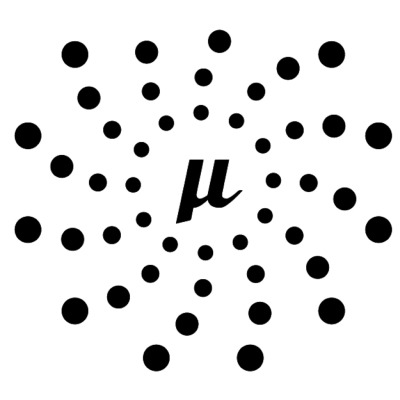
Micronaut is a JVM framework that is developed by the brand called OCI. On the outside, this may look similar to Spring. However, there are unique features added that make it different.
Key features
- Compile-time dependency injection mechanism
- Reactive programming support
- Supports different discovery tools
Pros
- Light-speed startup time
- Problem-free API visibility
- Lightweight
- Enhanced productivity
Cons
- Takes time to learn and implement
Most recommended JavaScript testing frameworks
15#. Mocha JS

Mocha JS can be used for both front-end and back-end testing and operates on node.js. This runs serially and hence can be used for accurate reporting.
Key features
- Simple asynchronous support
- Asynchronous test timeout support
- Variable leak detection
- Arbitrary transpiler support
Pros
- Very flexible
- Supports a lot of side-tools
- Backed by a very active support community
- Offers multiple browser support
Cons
- Needs extensive configuration
- May offer more flexibility than needed
16#. Jasmine

Jasmine is an open source Behaviour-Driven Development (BDD) testing fwk for JS.
Key features
- Can perform asynchronous testing
- Can test front-end codes too using an extension called Jasmine jQuery
- Comes with an inbuilt test runner
Pros
- This is a language-independent Fwrk
- Supports Test-Driven Development (TDD) too
- Low overhead
- Very fast
Cons
- Influenced by many other testing FMs
17#. Jest

Jest is also a testing framework for JavaScript that is run and maintained by Facebook.
Key features
- Runs isolated tests to ensure there are no performance drops
- The API is well-thought-out and maintained
- Can automatically collect code coverage information
- Easy to mock objects that are outside the test scope
Pros
- Very simple to implement and use
- Works perfectly with Node, Angular, Typescript, Vue, React, and more
- Needs zero configuration
Cons
- Minimal JavaScript library and tool support
Conclusions
You must have gotten a clear idea of all the top JavaScript front-end and back-end FWKs, and testing ones, right now.
Like we mentioned above, there is no one ‘do-it-all’ Frwk in the market. You need to analyze your team’s abilities and requirements and then pick the perfect one to work with.
JavaScript F/Ms, when used right, can completely transform the way developers handle coding and testing.
If you are a team that is constantly bound by stringent deadlines and back-to-back work, then working with Frwks will definitely bring down the intensity of work and make website and web app development fun and exciting.
Top 5 JavaScript web frameworks by popularity and usability
- Vue
- Angular
- React
- Node
- Ember
These five were chosen by our expert team as they are easy to learn, very flexible in their functionalities, and provide developers solid experience and growth opportunities.
Working in these five FMs will make it easy for you to learn new programming languages and other ones too in the future.
Want to know more about JavaScript F/Ms? Do subscribe to our newsletter and stay updated about the latest happenings in the tech industry. Codemotion Magazine brings to you first-hand information that will help IT professionals and tech enthusiasts stay at the top of their game.
Commonly asked questions about JavaScript frameworks
Do I really need a JavaScript framework?
A JavaScript FM is a collection of different JavaScript code libraries that are compiled together to make it easy for a developer to refer to and use the scripts. This is a tool that we can use to create advanced web apps with ease and in the shortest time possible.
These days, both back-end and front-end developers need to know at least a handful of these FMs.
While you can still create web apps without F/Ms, it is going to take more time and effort to do so. The chances of coding problems are also high this way.
They are predictable and easy to use. They quicken the development process.
How many JavaScript frameworks should a web developer know how to use?
As a budding developer, learning and working on just one FRWK is not going to help with career growth. Start by learning JavaScript in general and this will create a solid base for you. Start with a few of the more important ones like Angular, Vue, and Node and then move on to the smaller ones.
Which is the easiest JavaScript framework to learn?
Vue.js is definitely one of the most vital frwks. This is because it is very easy to learn and implement this with minimal effort. Vue has equal JavaScript and TypeScript support and this makes it a smart FM to work in too.
What are the best frameworks for JavaScript beginners? What are some of the most popular ones?
SPA-based FWK like Vue, Angular, and React are some of the best for JavaScript beginners. These offer great value for the time spent learning them and can help developers find work quite easily.
How to choose a JS framework?
It is very important that you choose the right one before you and your team start the development processes. If you use a random FWK, chances are you are going to get stuck halfway through and may need to start from scratch.
Begin by having a brainstorming session and identifying the needs of your team. What kind of features will you require and how scalable should the work be?
Analyse the pros and cons and the features of each of the above-mentioned FMs and then choose one of them.
How much time can using a JavaScript framework save?
When you learn a JavaScript F/M well, it can speed up your work 3-5 times over. This is something all experienced developers agree upon.
Apart from saving time in the development process, these also bring down the risk of errors and bugs and encourage other developers to work on the project.
Which is the best framework for JavaScript?
There is no one FWK that is considered best for JavaScript. All come with their own pros and cons and when you make the effort to identify the right one for your needs, it will work right.
Which JavaScript frameworks are the fastest?
Vue.js is considered one of the fastest JavaScript FM in the industry right now. React is also one of the fastest JS frwks chosen frequently for its speed in today’s market. Mithril is a smaller and not very well-known frwks and this is slowly being adopted for its speed and agility.



